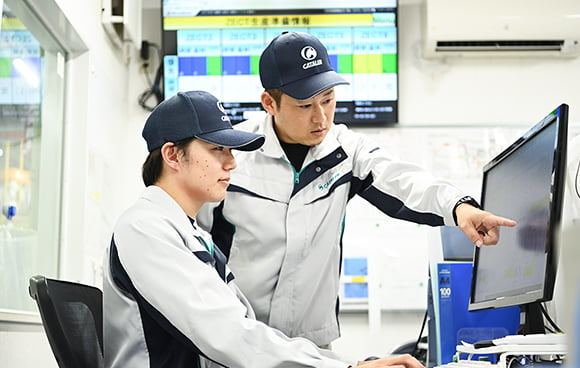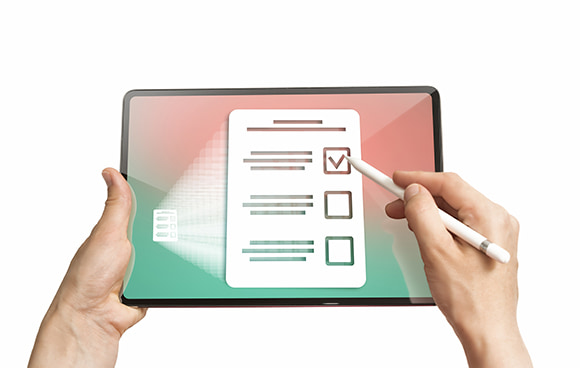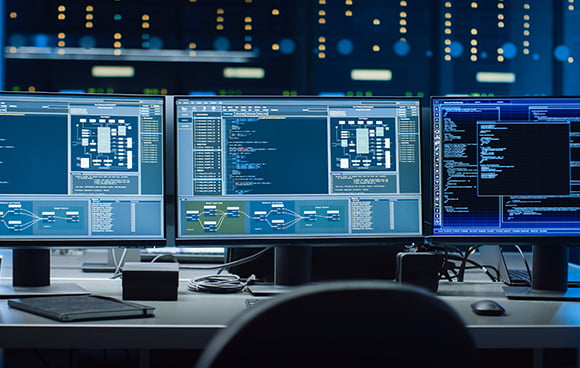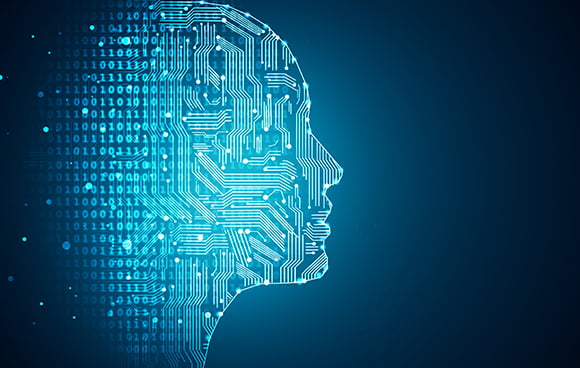- Home
- Unique Activities
- Factory IoT (i-Factory)
Factory IoT
(i-Factory)
The Cataler Group is utilizing "IoT" and "ICT" (*) at its manufacturing sites to pursue production efficiency, improve quality, and reduce equipment failure rates. From the perspectives of production, quality, and equipment, the manufacturing process is visualized in real time to maximize production efficiency and reduce labor.
*"IoT" stands for Internet of Things, and "ICT" stands for Information and Communication Technology.

4 joys of the production management system

- Visualization of production status to assist workers with material preparation, setup change instructions, etc.
- Computer monitoring of equipment status is displayed at staff stations and work areas. This makes it possible to start preparing materials for the next job or give instructions for a change of set-up without the operator having to go to the site, thus reducing the loss of human movement as much as possible.

- Electronic check sheets improve work efficiency
- By digitizing check sheets, which were previously done on paper, the reusability of data has increased and work efficiency has improved. The automation of tallying also saves time.

- Reduction of work that relies on workers' instincts and tricks
- In the past, workers used their instincts, developed through experience, to estimate the timing of the start of each process and the time required. By monitoring the condition of equipment and displaying the time it takes, there is no longer any need to rely on hunches or tricks, and new operators can quickly get the job done right.

- Change-point detection in production process (*) by machine learning (*)
- We are aiming for a system in which a computer monitors change points in production conditions and alerts workers when abnormal values are detected through machine learning. This mechanism aims to reduce the amount of work required for workers to constantly monitor near the equipment.
In addition, development is underway to implement AI technology that can determine the status from images.Machine learning: A technology in which a computer learns from large amounts of data, and automatically builds algorithms and models that perform tasks such as classification and prediction.Change-point detection: One of the methods to detect anomalies in time-series data. Detects where patterns in time-series data have changed.


 JAPANESE
JAPANESE

 Select Language
Select Language English
English